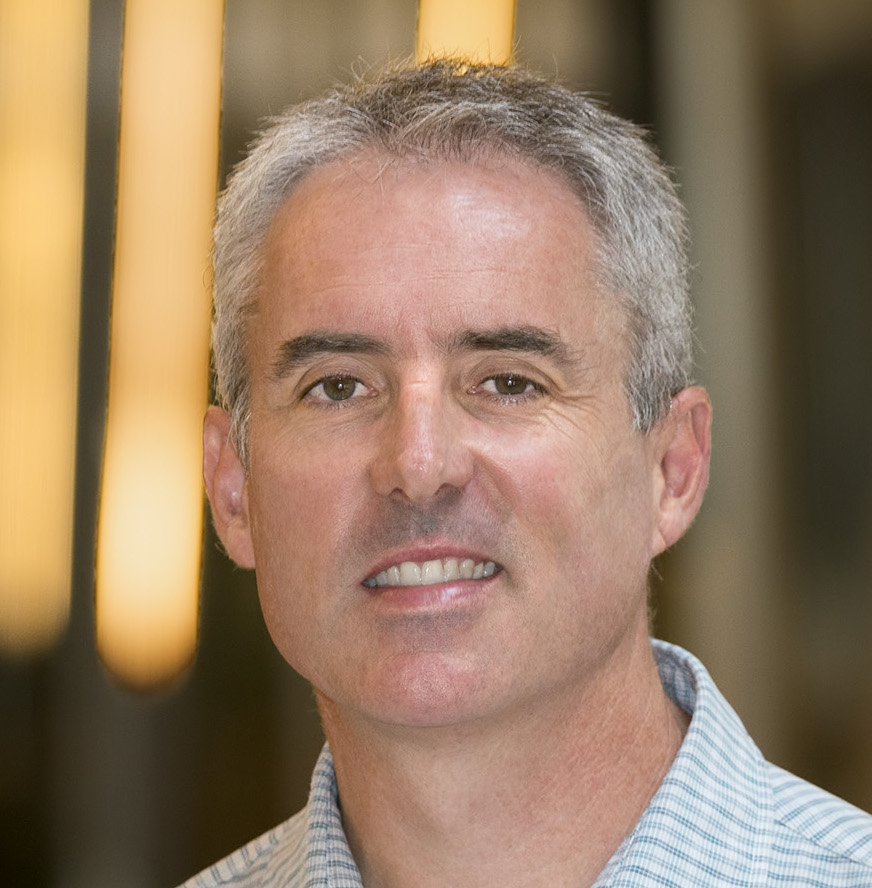AIP congress 2010
 The 19th Australian Institute of Physics Congress was held last week
right here in Melbourne, so of course I couldn't miss it. I chaired and
presented in the
astronomy session on Monday, and also caught a few of the gravitational wave
talks. Bruce Allen gave a great plenary session talk on
Einstein @ home, the distributed
analysis project for LIGO (and Arecibo pulsar) data. Bruce also stepped in
to give the public lecture on Wednesday evening, the original speaker Jocelyn
Bell-Burnell could not make it. On Thursday we also had a "town hall" style
open session to discuss the LIGO-Australia project.
The 19th Australian Institute of Physics Congress was held last week
right here in Melbourne, so of course I couldn't miss it. I chaired and
presented in the
astronomy session on Monday, and also caught a few of the gravitational wave
talks. Bruce Allen gave a great plenary session talk on
Einstein @ home, the distributed
analysis project for LIGO (and Arecibo pulsar) data. Bruce also stepped in
to give the public lecture on Wednesday evening, the original speaker Jocelyn
Bell-Burnell could not make it. On Thursday we also had a "town hall" style
open session to discuss the LIGO-Australia project.
Labels: 2010, /gravitational waves


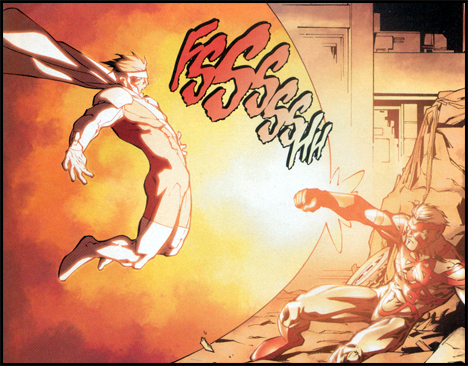 In one of the public 2008 observations of bursters by RXTE we noticed
a new event from a relatively quiet source, 2S 0918-549. On closer
inspection, Jean in 't Zand noticed a remarkable interval of strong variability
late in this long (~300 s) event. This type of variability, which is
achromatic (i.e. energy-independent) and
seems to be restricted to bursts with extremely strong radius-expansion, may
arise from disruption and later resettling of the accretion disk. Our paper
has been accepted by A&A and is also out at
In one of the public 2008 observations of bursters by RXTE we noticed
a new event from a relatively quiet source, 2S 0918-549. On closer
inspection, Jean in 't Zand noticed a remarkable interval of strong variability
late in this long (~300 s) event. This type of variability, which is
achromatic (i.e. energy-independent) and
seems to be restricted to bursts with extremely strong radius-expansion, may
arise from disruption and later resettling of the accretion disk. Our paper
has been accepted by A&A and is also out at 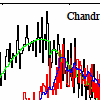 Thermonuclear bursts that show photospheric radius-expansion (PRE) are
pretty rare in most sources, so much so that Chandra has only
observed a few of them in a decade of observations. In 2006 we made an
observation of a prolific PRE burster, 4U 1728-34, to try to catch some
bursts and search for spectral features near the peak. We got plenty of
bursts, but only 4 of them were likely PRE, and we saw no features. But, we
did find evidence for an extremely weak periodic variation in the X-ray
intensity, which if orbital in nature, means the neutron star orbits its
mass donor once every 10.77 minutes! Our paper was just accepted by ApJ, and
is available at
Thermonuclear bursts that show photospheric radius-expansion (PRE) are
pretty rare in most sources, so much so that Chandra has only
observed a few of them in a decade of observations. In 2006 we made an
observation of a prolific PRE burster, 4U 1728-34, to try to catch some
bursts and search for spectral features near the peak. We got plenty of
bursts, but only 4 of them were likely PRE, and we saw no features. But, we
did find evidence for an extremely weak periodic variation in the X-ray
intensity, which if orbital in nature, means the neutron star orbits its
mass donor once every 10.77 minutes! Our paper was just accepted by ApJ, and
is available at 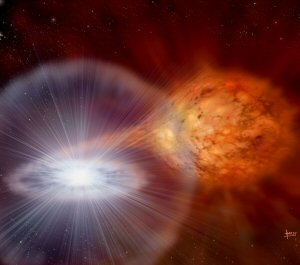 A
bunch of us have been working on the X-ray data from a quite remarkable
transient, IGR J17473-2721, which went into a 6-month long outburst
beginning in 2008. The source went through some dramatic changes in the
burst behaviour, some of which we think we understand, but some of which
we don't. In particular at the beginning and the end of the outburst
completely different burst behaviour is observed at roughly the same
intensity (accretion rate). This effect may be due to the heating of the
neutron star core which has taken place during the outburst. Jerome's
paper is out now on astro-ph at
A
bunch of us have been working on the X-ray data from a quite remarkable
transient, IGR J17473-2721, which went into a 6-month long outburst
beginning in 2008. The source went through some dramatic changes in the
burst behaviour, some of which we think we understand, but some of which
we don't. In particular at the beginning and the end of the outburst
completely different burst behaviour is observed at roughly the same
intensity (accretion rate). This effect may be due to the heating of the
neutron star core which has taken place during the outburst. Jerome's
paper is out now on astro-ph at 
 IGR J00291+5934, as well as being the fastest known accretion-powered
millisecond pulsar, is unusual in that it's shown repeated outbursts that
have been observed by RXTE. Jake Hartman, Deepto and I had been
close to submitting a terrific paper doing the phase connection between the
2004 and 2008 outbursts, when to our dismay Alessandro Patruno posted a paper
(
IGR J00291+5934, as well as being the fastest known accretion-powered
millisecond pulsar, is unusual in that it's shown repeated outbursts that
have been observed by RXTE. Jake Hartman, Deepto and I had been
close to submitting a terrific paper doing the phase connection between the
2004 and 2008 outbursts, when to our dismay Alessandro Patruno posted a paper
(
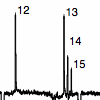 Laurens has just posted a nice paper looking at short recurrence time
thermonuclear (type-I) bursts as seen by RXTE and
BeppoSAX. These bursts occur after waiting times of as short as a
few minutes, which is not sufficient to reach the critical conditions for
ignition. The likely explanation is that the bursts ignite from fuel
leftover from the previous event, but the details remain a bit of a
mystery. Interestingly, short recurrence time bursts are not seen from
sources (or candidate sources) that accrete primarily He. The paper was
just accepted by ApJ.
Laurens has just posted a nice paper looking at short recurrence time
thermonuclear (type-I) bursts as seen by RXTE and
BeppoSAX. These bursts occur after waiting times of as short as a
few minutes, which is not sufficient to reach the critical conditions for
ignition. The likely explanation is that the bursts ignite from fuel
leftover from the previous event, but the details remain a bit of a
mystery. Interestingly, short recurrence time bursts are not seen from
sources (or candidate sources) that accrete primarily He. The paper was
just accepted by ApJ.
 Yesterday
Yesterday

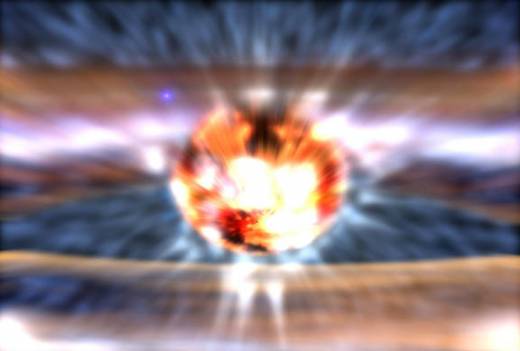 Last December
Last December 